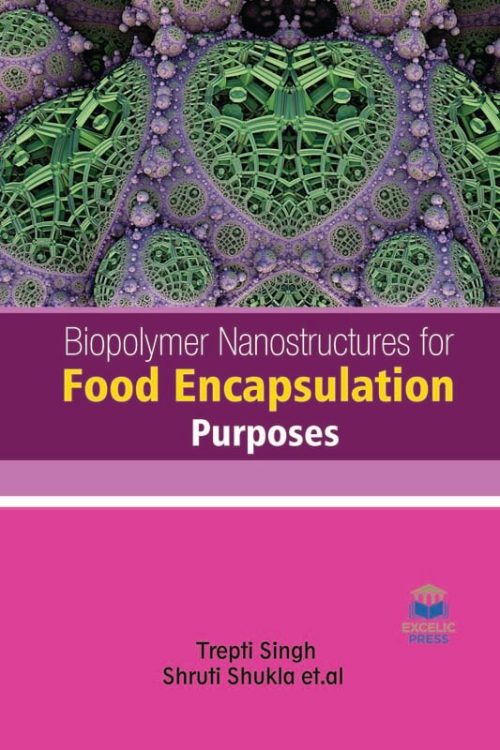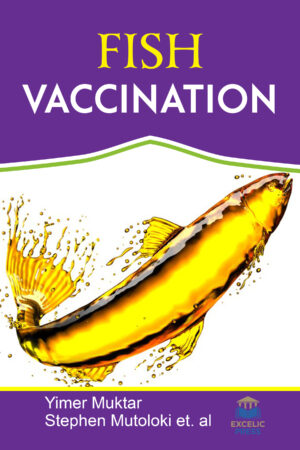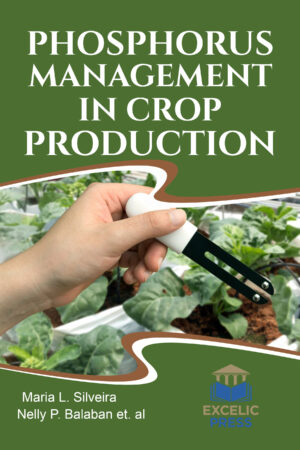Description
The rising consumer concerns about food quality and health benefits are impelling the researchers to find a way that can enhance food quality while disturbing least the nutritional value of the product. The demand for nanoparticle-based materials has been increased in the food industry as many of them contain essential elements and also found to be non-toxic. Encapsulation is a process to entrap active agents within a carrier material and it is a useful tool to improve living cells into foods, to protect, to extend their storage life and to convert them into a powder form for convenient use. In addition, encapsulation can promote controlled release and optimize delivery to the site of action, thereby potentiating the efficacy of the respective probiotic strain.
Applications of nanotechnology have emerged with the increasing need for nanoparticle uses in various fields of food science and food microbiology, including food processing, food packaging, functional food development, food safety, detection of foodborne pathogens, and shelf-life extension of food and/or food products.
This book summarizes the potential of nanoparticles for their uses in the food industry in order to provide consumers a safe and contamination-free food and to ensure the consumer acceptability of the food with enhanced functional properties. The book also offers a general view on polymeric nanocomposites and Nanocoatings including classification, preparation methods, properties and short methodology of characterization, applications, selected types of them used in the food packaging field and their antimicrobial, antioxidant, biological, biocatalyst and so forth, functions. One of the emerging and promising uses of proteins is in the microencapsulation technology of different compounds in the pharmaceutical, food and cosmetic fields. So, this book focuses on vegetable proteins as non-sensitizing encapsulation agents for bioactive compounds. Microencapsulation in alginate and chitosan microgels to enhance the viability of Bifidobacterium longum for oral delivery is also discussed. Advances on encapsulation technology have led to the development of an ever-increasing number of composite materials to prepare different carriers for containing and releasing active substances, namely, hydrogels, emulsions, nanoparticles, microspheres, and liposomes. However, little information about the encapsulation of milky peptides and their releasing mechanisms can be found in the literature. Studies on this topic demand different aspects that would fulfill their application and commercialization. Finally, this book will appeal to students and practitioners working in the food processing and essential knowledge source for professionals dealing with the associated field.





